Where It Hurts: My Hip
The hip is a ball and socket joint comprised of the femoral head (ball) and the acetabulum (socket). Pain from the hip is often felt deep in the front of the thigh and groin, sometimes radiating down to the knee. Conversely, pain in the buttock or back of the hip is often related to the low back and spine. With age or injury, the cartilage that protects the hip joint can start to erode, causing pain. Hips are also vulnerable to fractures and other injuries, especially from falls or athletic overuse. Learn more about conditions that cause hip pain and how the hip experts at Orthopaedic & Neurosurgery Specialists (ONS) can help.
Common Hip Injuries and Conditions
We see people with all types of hip pain. The most common injuries and conditions we treat are:
- Arthritis: Osteoarthritis (“wear and tear” arthritis) is the most common causes of chronic hip pain, typically found in patients over the age of 40 and/ or those with a family history. The pain tends to worsen with activity and improve with rest. As the cartilage wears away, patients typically experience pain as well as stiffness. This can often lead to significant limitations in quality of life and may require surgical treatment.
- Hip fracture: Hip fractures are injuries to the upper portion of the femur and often require surgery. Older patients with osteoporosis, are at the highest risk for hip fractures. While our surgeons are not trained in the medical treatment of osteopenia/osteoporosis, we encourage patients to discuss this condition with their Primary Care Physician or Endocrinologist, if appropriate.
- Osteonecrosis: Also known as avascular necrosis (AVN), this condition may occur due to an interruption in blood supply to the hip joint. Severe forms of osteonecrosis can ultimately lead to arthritis. This is an uncommon condition, and your surgeon may perform additional testing if you are found to be at high risk.
- Hip impingement: Femoroacetabular impingement (FAI) is a common cause of hip pain, particularly among young patients. It is most common in athletes and is sometimes related to underlying differences in anatomy. FAI can also be associated with injuries to the hip cartilage or hip labrum (a cartilage-like structure lining the hip joint).
- Iliotibial (IT) band syndrome: The iliotibial band is a large soft tissue structure extending from the side of the pelvis toward the knee. Inflammation or injury to the area is a common cause of lateral hip and thigh pain. This may be associated with overuse or degenerative changes of the muscle and tissue.
- Sprains and strains: The soft tissues (muscles, tendons, and ligaments) around your hips and thighs can get strained or overstretched. This may happen because of a fall or other sudden movement. A sprain or a strain can cause loss of mobility, but typically improves with rest.
- Trochanteric bursitis: Trochanteric bursitis may cause pain and inflammation along the outside of the hip and thigh. Patients often experience pain with activity, and sometimes pain with side-sleeping.
We see people with all types of hip pain. The most common injuries and conditions we treat are:
- Arthritis: Osteoarthritis (“wear and tear” arthritis) is the most common causes of chronic hip pain, typically found in patients over the age of 40 and/ or those with a family history. The pain tends to worsen with activity and improve with rest. As the cartilage wears away, patients typically experience pain as well as stiffness. This can often lead to significant limitations in quality of life and may require surgical treatment.
- Hip fracture: Hip fractures are injuries to the upper portion of the femur and often require surgery. Older patients with osteoporosis, are at the highest risk for hip fractures. While our surgeons are not trained in the medical treatment of osteopenia/osteoporosis, we encourage patients to discuss this condition with their Primary Care Physician or Endocrinologist, if appropriate.
- Osteonecrosis: Also known as avascular necrosis (AVN), this condition may occur due to an interruption in blood supply to the hip joint. Severe forms of osteonecrosis can ultimately lead to arthritis. This is an uncommon condition, and your surgeon may perform additional testing if you are found to be at high risk.
- Hip impingement: Femoroacetabular impingement (FAI) is a common cause of hip pain, particularly among young patients. It is most common in athletes and is sometimes related to underlying differences in anatomy. FAI can also be associated with injuries to the hip cartilage or hip labrum (a cartilage-like structure lining the hip joint).
- Iliotibial (IT) band syndrome: The iliotibial band is a large soft tissue structure extending from the side of the pelvis toward the knee. Inflammation or injury to the area is a common cause of lateral hip and thigh pain. This may be associated with overuse or degenerative changes of the muscle and tissue.
- Sprains and strains: The soft tissues (muscles, tendons, and ligaments) around your hips and thighs can get strained or overstretched. This may happen because of a fall or other sudden movement. A sprain or a strain can cause loss of mobility, but typically improves with rest.
- Trochanteric bursitis: Trochanteric bursitis may cause pain and inflammation along the outside of the hip and thigh. Patients often experience pain with activity, and sometimes pain with side-sleeping.
Physicians
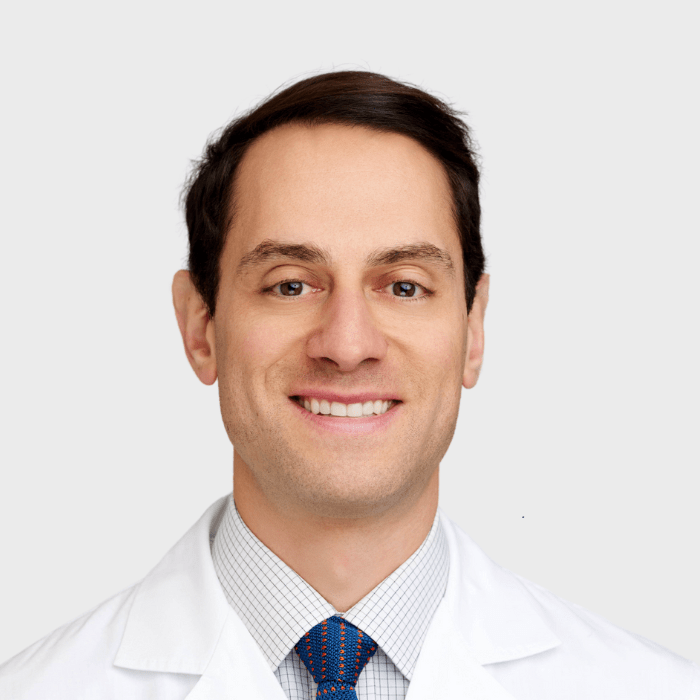 Co-Director of the ONS Outpatient Joint Replacement Center
Co-Director of the ONS Outpatient Joint Replacement Center- Hip and Knee Replacement
Practicing in:
Greenwich and Wilton
- Physiatry
- Spine
- Sports Medicine
Practicing in:
Greenwich, Stamford, and Wilton Co-Director, ONS Outpatient Joint Replacement Center; Director of Joint Replacement, GH
Co-Director, ONS Outpatient Joint Replacement Center; Director of Joint Replacement, GH- Hip and Knee Replacement
Practicing in:
Greenwich, Harrison, and Stamford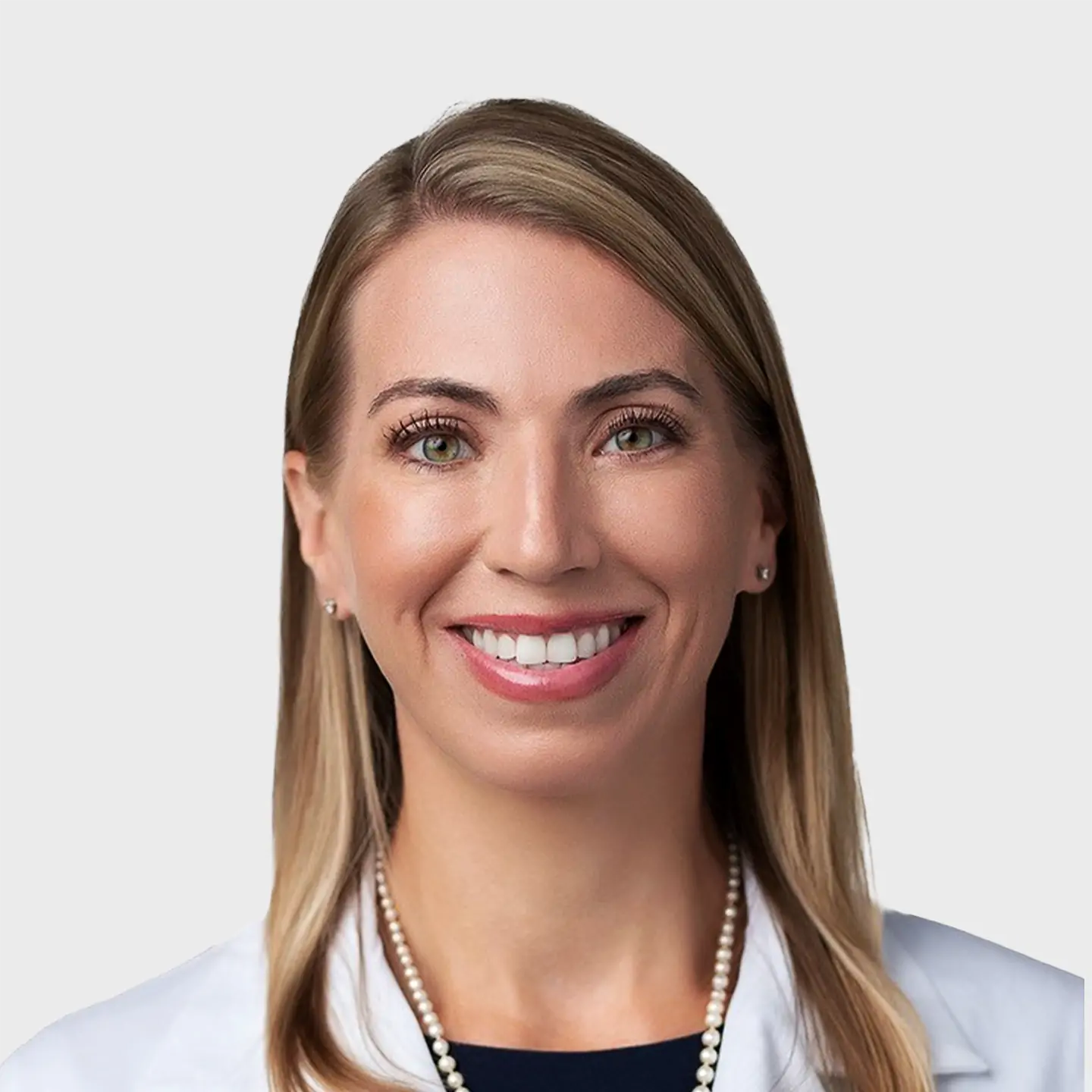
- Sports Medicine
- Shoulder
Practicing in:
Greenwich, Stamford, and Wilton
- Sports Medicine
- Shoulder
Practicing in:
Greenwich and Stamford
- Physiatry
- Spine
- Sports Medicine
Practicing in:
Greenwich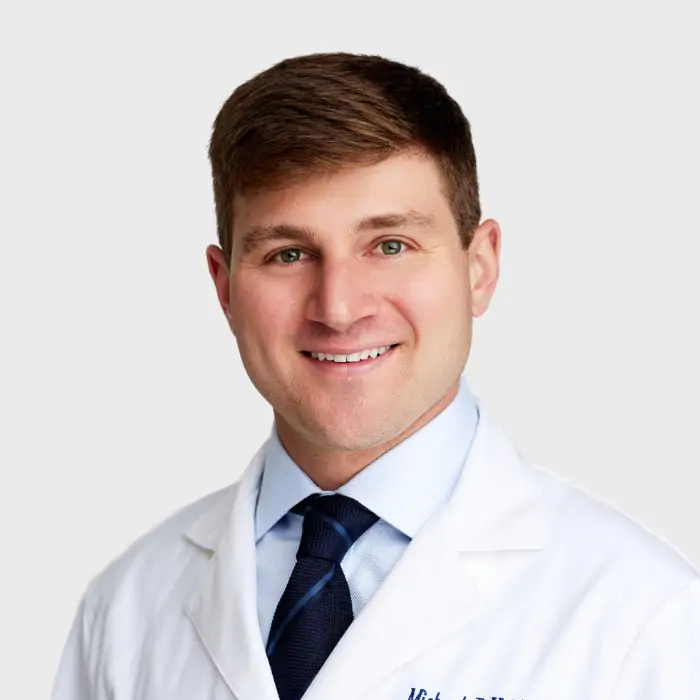 Medical Director, Orthopedic Trauma, Greenwich Hospital
Medical Director, Orthopedic Trauma, Greenwich Hospital- Hip and Knee Replacement
Practicing in:
Wilton, Greenwich, and Stamford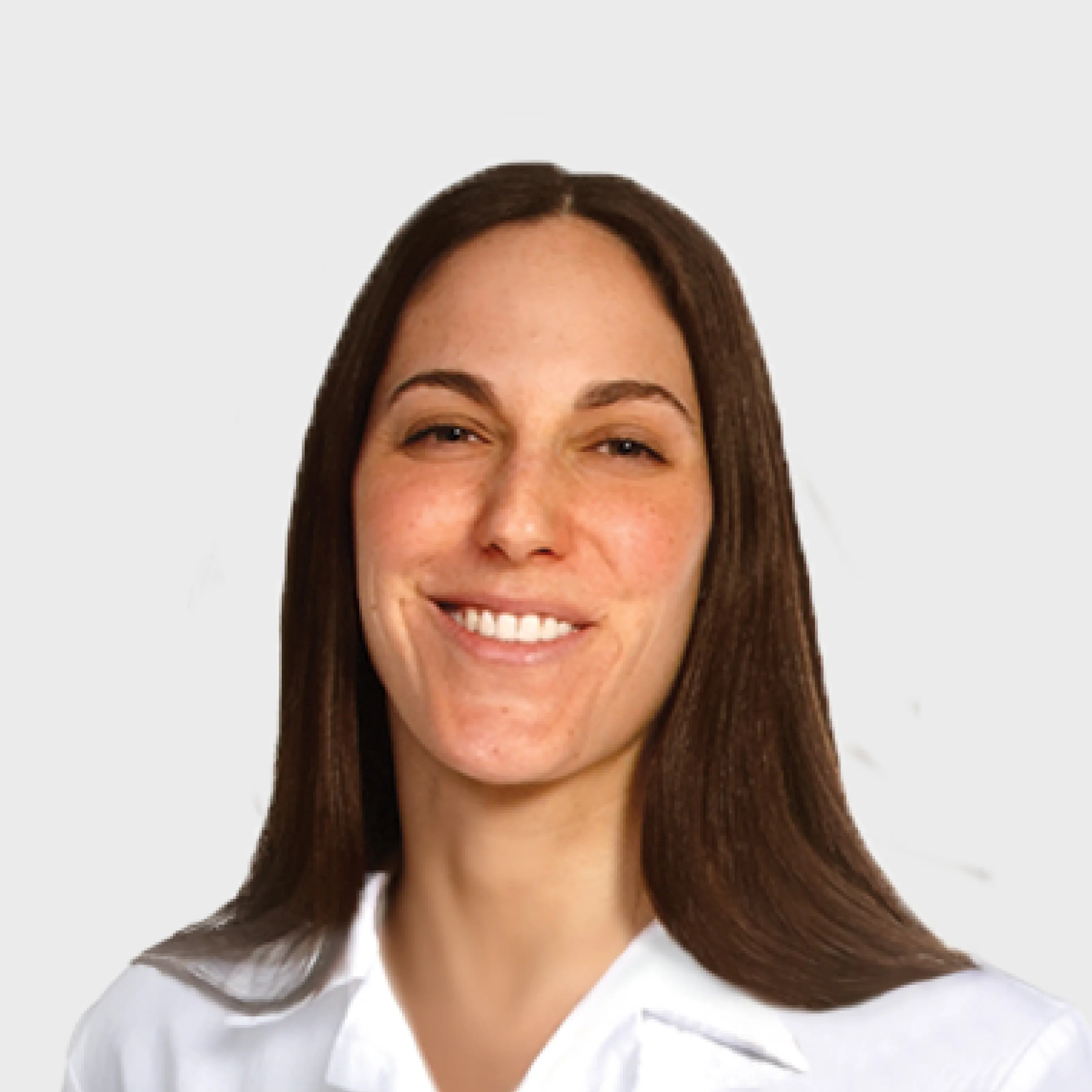 Director of Ultrasound
Director of Ultrasound- Physiatry
- Spine
- Sports Medicine
Practicing in:
Greenwich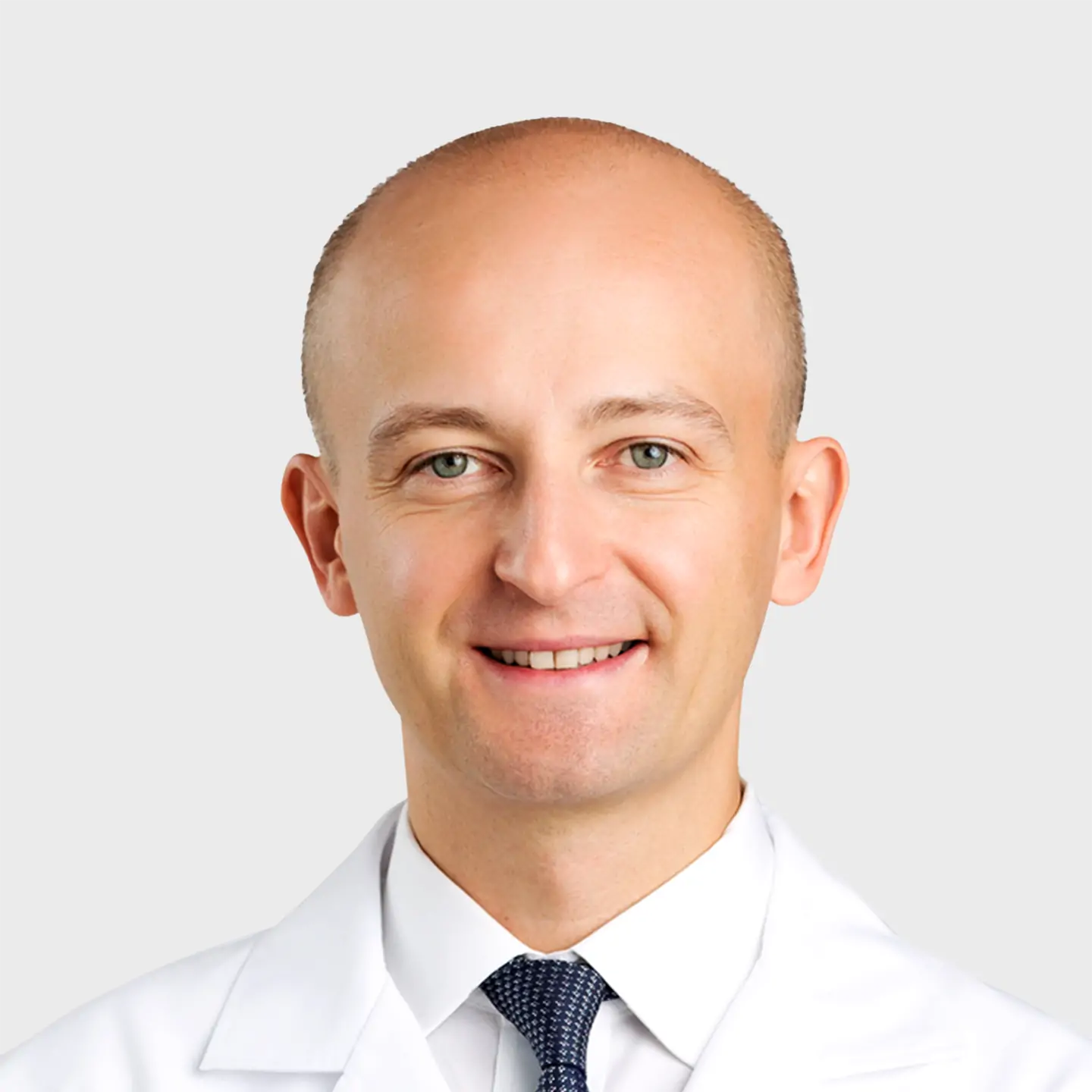
- Physiatry
- Spine
- Sports Medicine
Practicing in:
Wilton, Harrison, and Greenwich
- Physiatry
- Spine
- Sports Medicine
Practicing in:
Stamford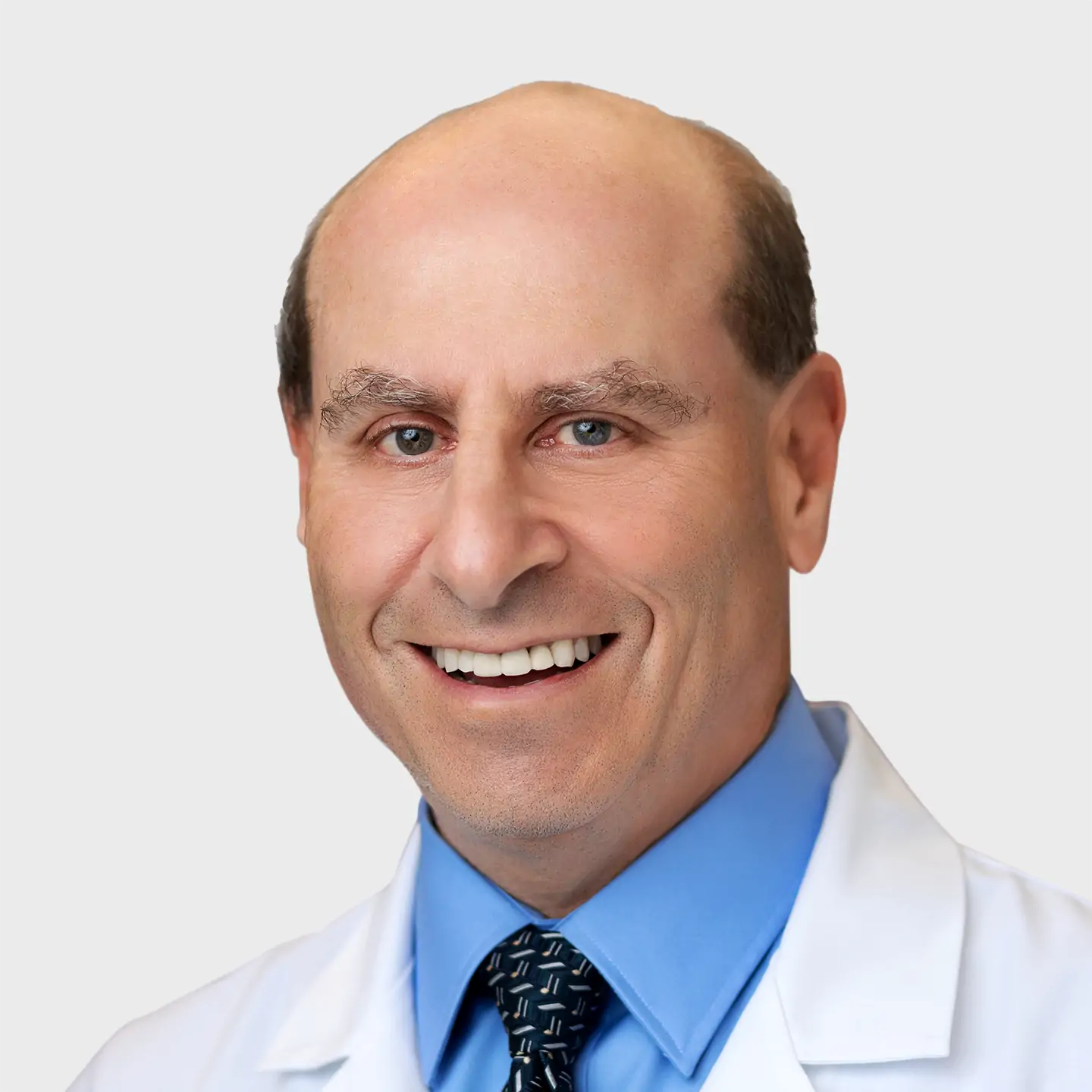
- Physiatry
- Spine
Practicing in:
Wilton
